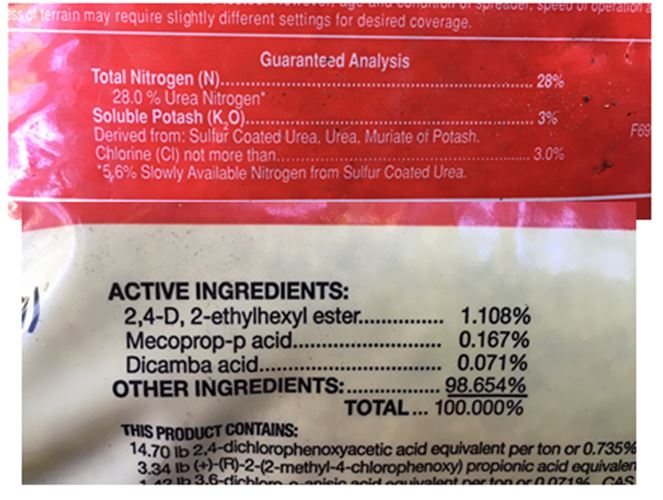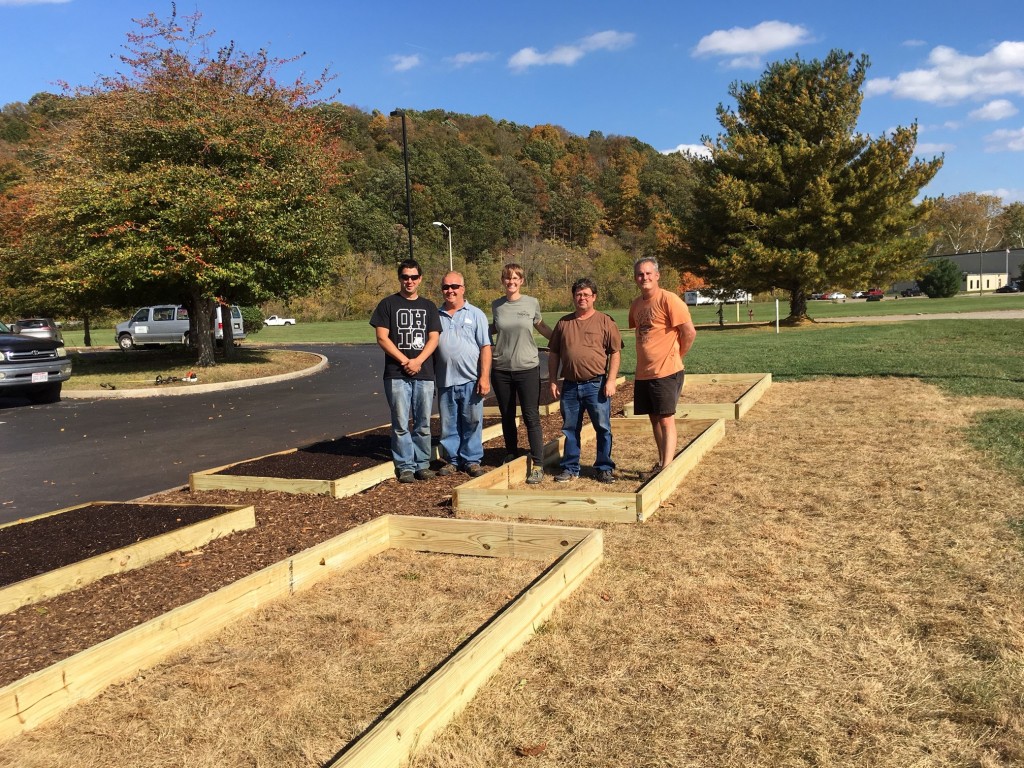Everyone has chores they like(tolerate) and chores they hate. For instance I do not mind hand washing dishes, but hate to empty the dishwasher. That is weird, I know. One chore I despise is raking leaves. You can rake leaves for two hours at my house and come back later and see no grass visible. Hate. It.
So about five years ago or so, I decided to experiment with using my lawn mower to mulch the leaves in place, with the hope that if I get the particle size down small enough, they would finish breaking down over the winter into some much needed organic matter. I always do a fall application of fertilizer(and you should too, it is the best time to do so) and so I would be adding a nitrogen(fertilizer) with a carbon(leaves)
And it worked pretty good. I do not need my yard pristine. Just mostly green with weeds at a minimum.
So it is getting to that time of year. Here is my backyard:

Buckeye leaves right now. It leafs out first and drops them first
Sometimes to get the leaves into little bits you need to run over them more than once. Not a problem for me, I like to mow more than I like to rake:

After three mower passes. Still see some brown. It will be all gone by spring.
Leaves are an outstanding organic matter supplement. They have twice the nutrient content of manure per pound. In the Columbus Dispatch Home and Garden section, on Sunday October 3rd, 2016, they quoted Purdue Extension four year leaf mulch test results with applying shredded maple leaves to lawns:
- no negative effect on turf visual quality, color or growth, soil pH, or the likelihood of developing weeds.
- research suggested that mulched leaves might reduce dandelions!
I still have to follow with fertilizer. As I stated, if you only fertilize your lawn once per year, best to make it in fall. That is because my lawn, made up of perennial grasses, is in the process of sending energy to the root mass to be able to overwinter for a strong spring emergence. Putting some organic matter plus fertilizer down will help tremendously with that.
The fertilizer basics:

Nutrient breakdown is 28-0-3. (N-P-K). 28% Nitrogen, 0% Phosphorus, 3% Potassium. The phosphorus is removed due to the harmful algal blooms affecting the Great Lakes and Gulf of Mexico. A good batch of Nitrogen to help the grass build up energy in the roots to survive winter and come on strong in spring.
The active herbicide ingredient is 2,4 D. Good against broadleaf weeds, with minimal toxicity to pollinators. Good for fall use when the weeds are sending energy to the roots to survive the winter. I send a little herbicide down to the roots of the weeds to kill weeds and eliminate competition to the grass.
I do not use a pesticide by choice. Your lawn may or may not need that control. I need the bugs to help break down my organic matter and I enjoy lightning bugs, earthworms and pollinators so I do not apply a pesticide component.
I am five years into this process and it has been pretty successful. I have a decent looking lawn that tolerates deep shade with a minimum of work and cost. Just have to remember to run the gas out of the mower and clean and sharpen the blade before winter.
CLICK HERE for a factsheet on controlling lawn weeds from Georgia Extension.



























